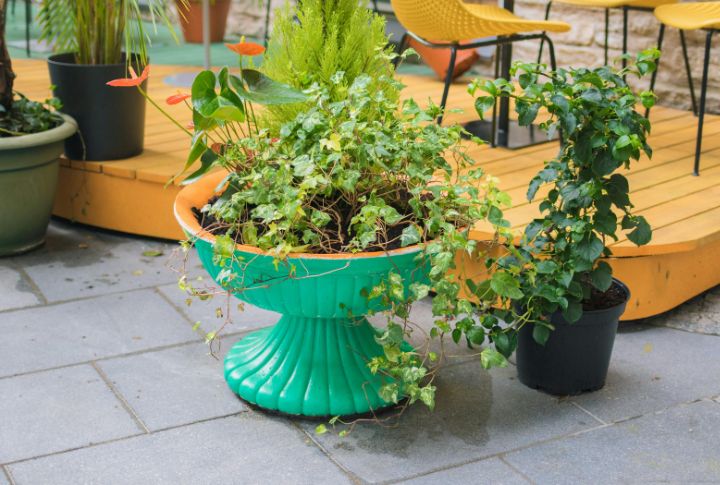
Filling a large planter with just soil can be expensive, heavy, and unnecessary. That’s why gardeners have long used creative filler materials to tackle those issues. These ten smart filler solutions keep your container displays thriving while making gardening much more economical.
Recycled Plastic Bottles
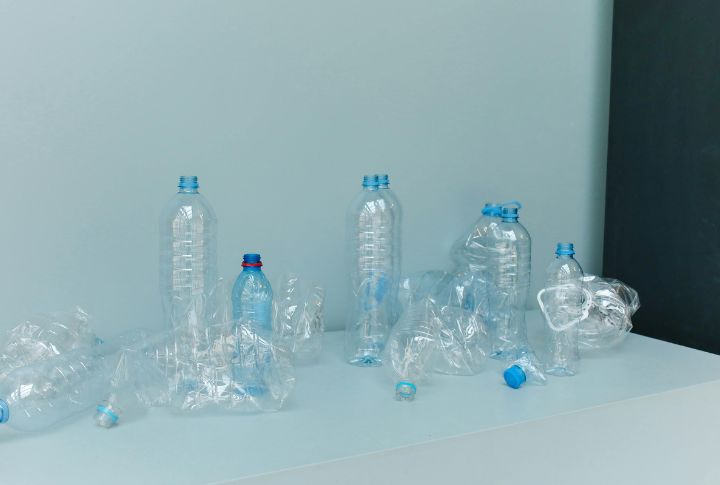
Empty plastic bottles make excellent lightweight fillers. They create drainage space while significantly reducing the amount of soil needed. There’s no need to cap them; leaving bottles open can improve air circulation and drainage. Always cover the bottles with landscape fabric to prevent soil from seeping through.
Recycled Crushed Glass
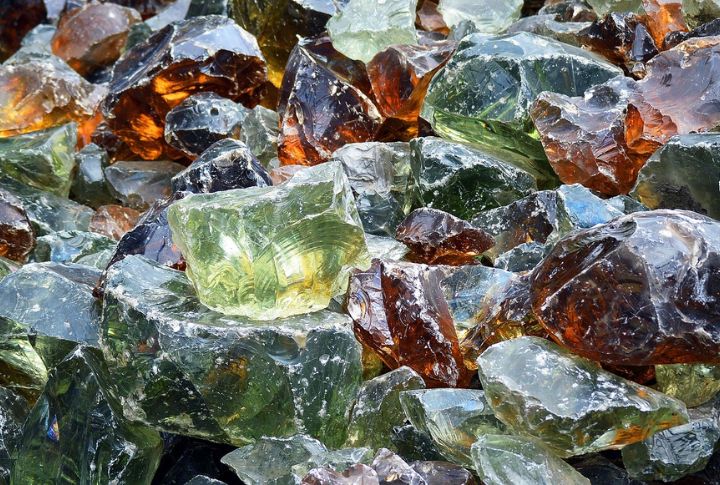
Recycled tumbled glass pieces offer effective drainage and weight at the base of outdoor planters. They’re inert, they don’t compact easily, and they create eye-catching layers if used in clear containers. Just ensure the edges are smooth and the glass is garden-safe.
Cracked Ceramic Drainage Discs
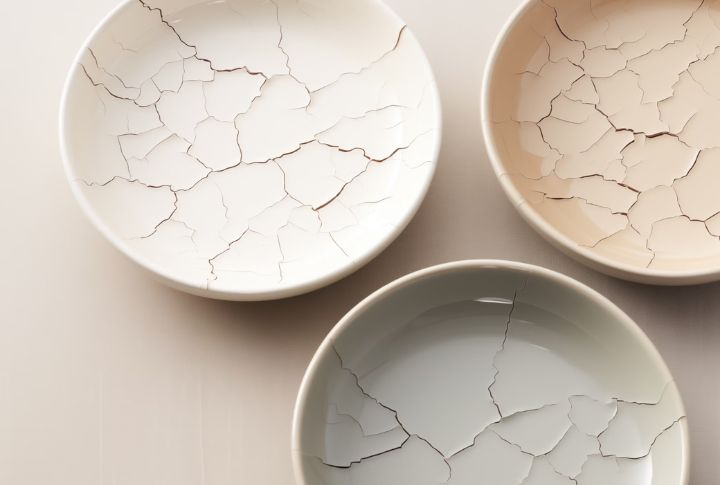
Instead of tossing broken pottery, convert shards into flat drainage discs. Place them strategically over drainage holes to prevent soil loss while letting water escape. Unlike gravel layers, these don’t add much bulk and keep your planter light and breathable at the base.
Styrofoam Packing Peanuts
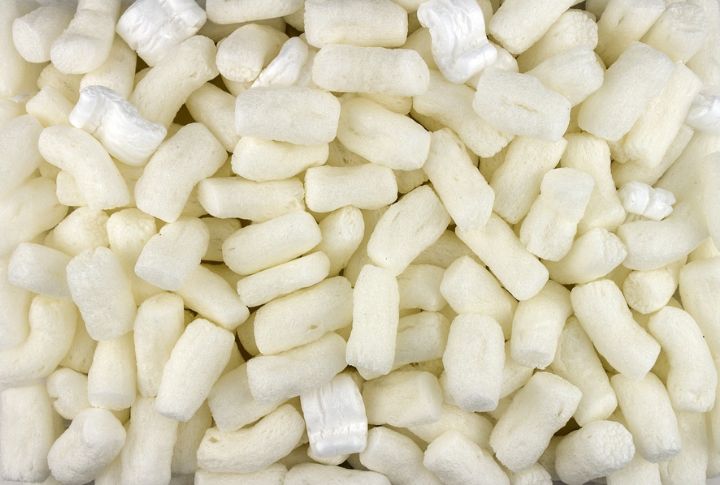
Use non-biodegradable packing peanuts to reduce planter weight. Place them in a mesh bag or pillowcase to prevent them from mixing with soil. This method is ideal for large decorative containers meant for seasonal plants or short-term arrangements.
Empty Plant Pots

Stacking smaller nursery pots upside-down inside a larger container saves space and soil. This solution works especially well in deep planters where the lower portion won’t be used by plant roots. But you must always leave space for at least 12 inches of soil at the top.
Inverted Plastic Nursery Trays
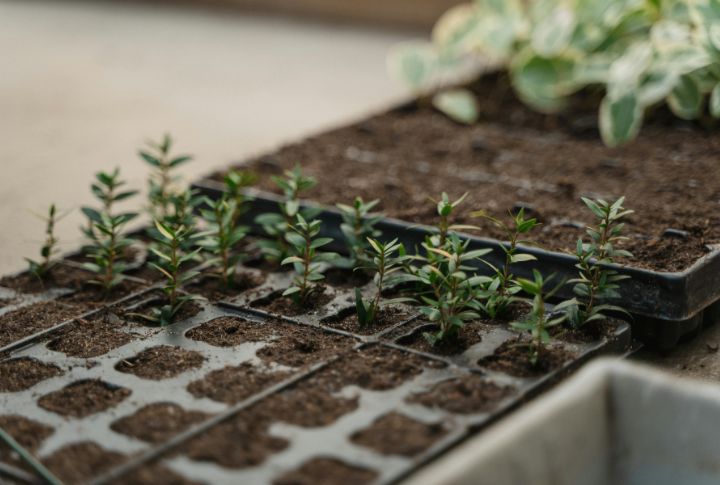
Old seedling trays or plastic cell packs can be turned upside down and placed at the bottom of large containers. They’re sturdy enough to create a structured base that promotes drainage while reducing soil volume. This is perfect for repurposing common garden materials.
Pine Cones
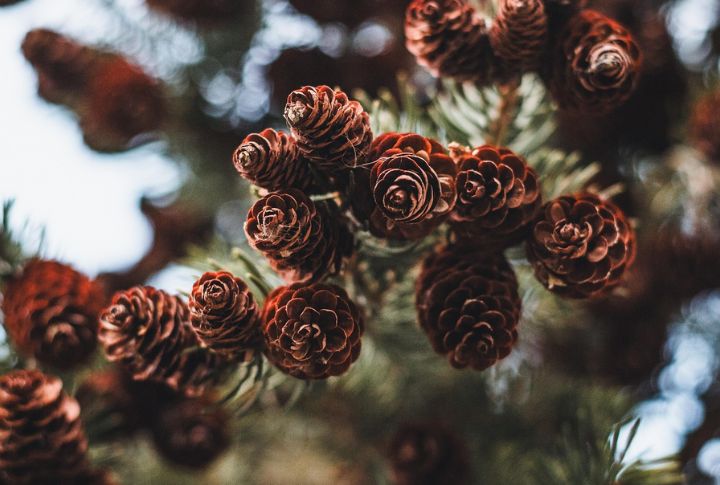
Pine cones provide excellent drainage and airflow while gradually breaking down over time. They’re especially helpful in large outdoor containers and add an organic touch to your planter’s foundation. Use them if you’re working with perennials or native plants.
Coconut Coir Bricks
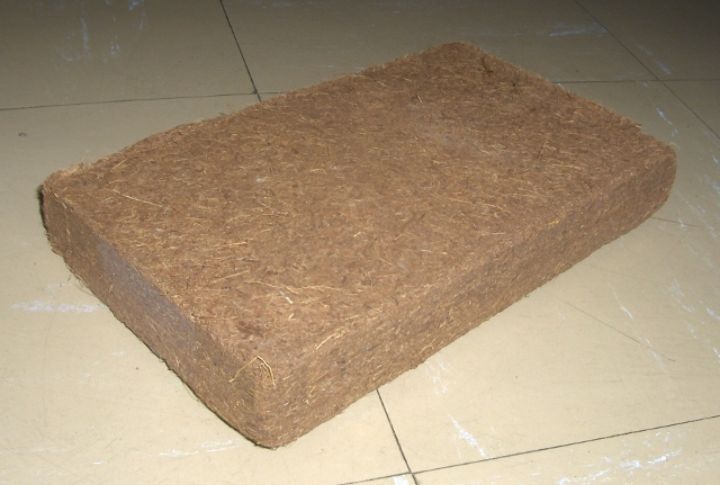
Compressed coconut coir expands with water and makes an excellent lightweight filler. This option is ideal for eco-conscious gardeners growing herbs, flowers, or veggies in large containers. It retains moisture while allowing air flow and eventually breaks down into rich organic matter.
Cardboard Rolls Or Shredded Paper
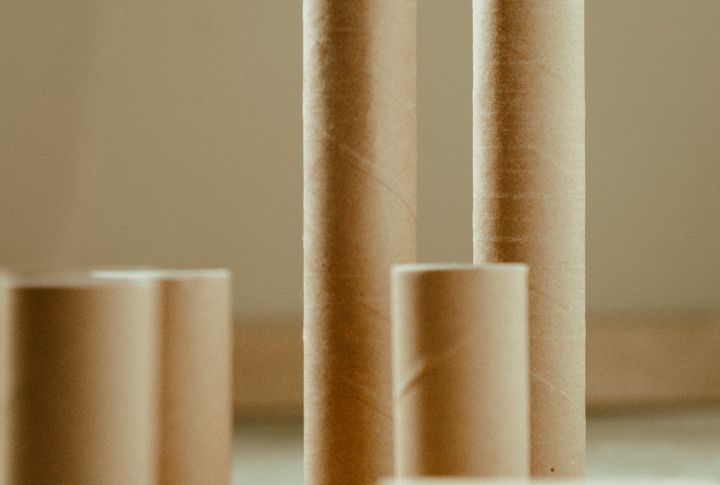
Paper towels or toilet paper rolls work well when packed tightly into the base. Shredded paper can also be used, though it may compact with moisture over time. So, if you’re just looking for a few temporary displays or fast-growing annuals, this might work well for you
Upside-Down Baskets Or Buckets

Old plastic baskets or small buckets can be flipped upside-down to create a sturdy base inside oversized pots. You could also use colanders. This will keep the upper soil layer deep enough for roots while drastically cutting filler volume. Make sure there’s enough space above for root development, though.

